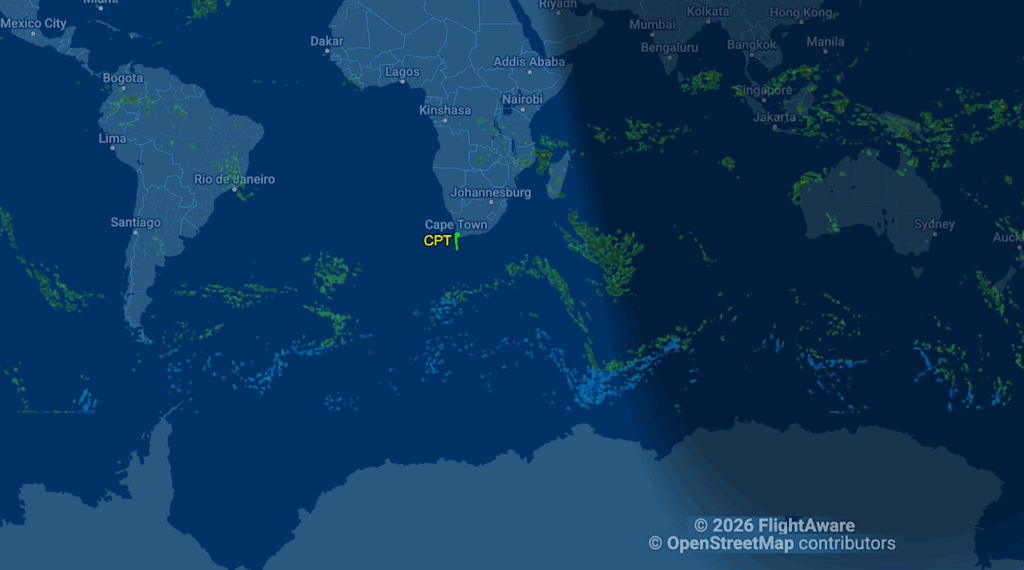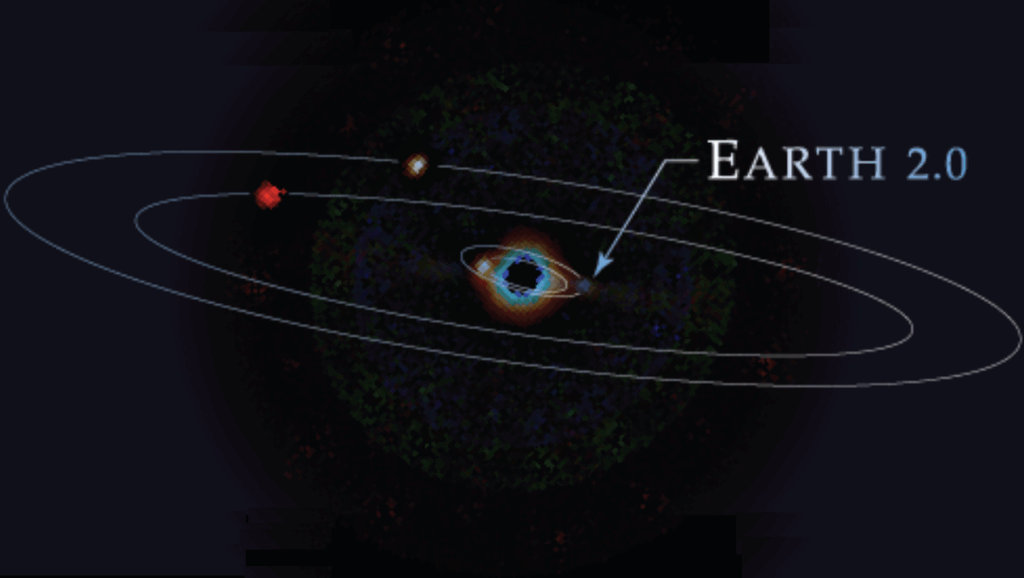Dale Andersen’s Astrobiology Antarctic Status Report: 11 January 2026: Overland Traverse To Lake Untersee (Update)
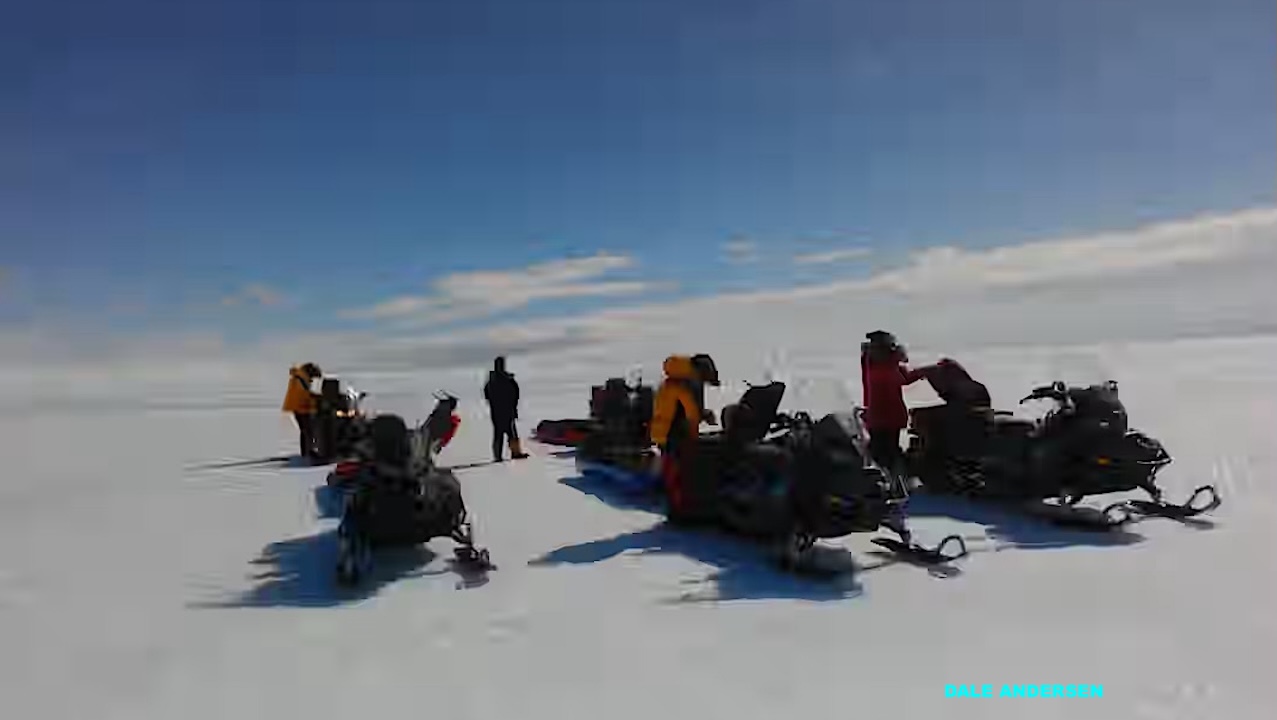
Update: Dale and his team are now at Lake Untersee at S 71.260082° E 13.506017° at an elevation of 2,645 ft. Picture below.
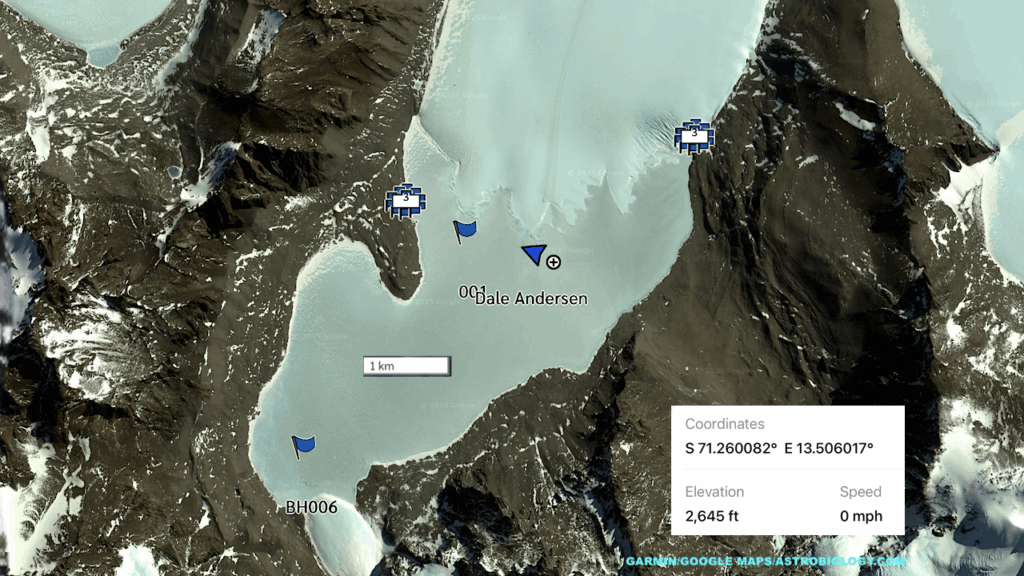
Dale Andersen and his team are now at Lake Untersee at S 71.260082° E 13.506017° at an elevation of 2,645 ft. – Image derived from Garmin and Google Maps.
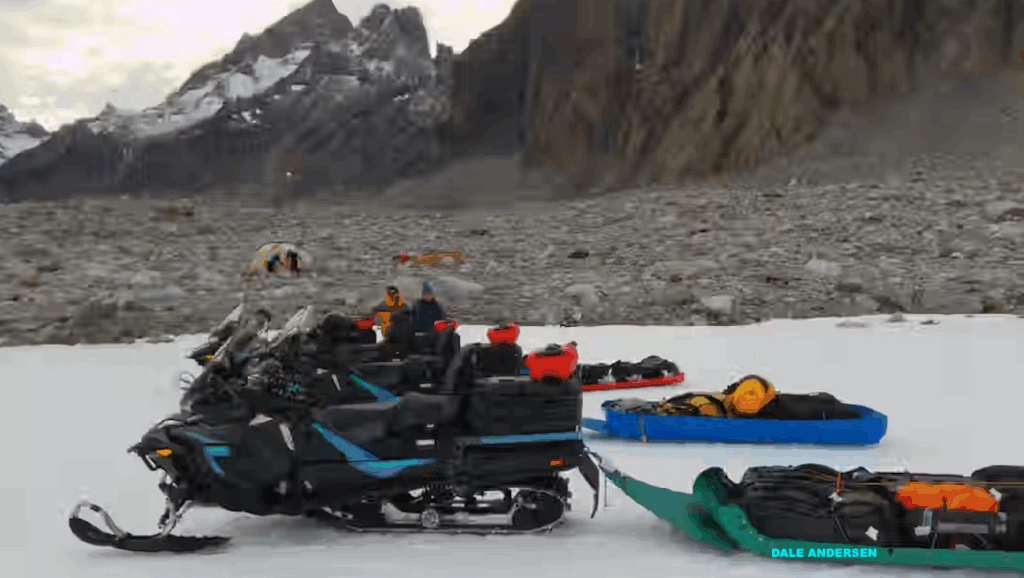
Dale and his team are heading toward the shore of Lake Untersee to start the process of setting up their base camp — Dale Andersen
——
Keith’s earlier note: This morning Dale Andersen and his team departed their arrival point at Ultima Air base and headed south to Lake Untersee. They departed around 6:30 am ET and expected to arrive at the shore of Lake Untersee at their traditional base camp location around 12:00 – 12:30 pm ET.

The traverse was done by snowmobiles pulling sledges packed with gear and supplies. — Dale Andersen
Dale has been doing research in the region around Lake Untersee for many years. As such they have worked out a standard path around terrain that they follow more or less – with weather altering the course slightly from one trip to another.
You can see the multiple tracks over the past few years on the Garmin tracker below – and the terrain they traverse on the Garmin map following that.


The image below was sent from 71.05436° S, 13.51273° E showing the rocky formations surrounding the Untersee region at 10:42 am ET during final approach. At 11;27 am ET Dale sent a text saying “Do you see our track? Getting close.”– Dale Andersen

- Previous reports
- Astrobiologist Dale Andersen’s Antarctic Field Report: Preview: 2026 Lake Untersee Field Seas
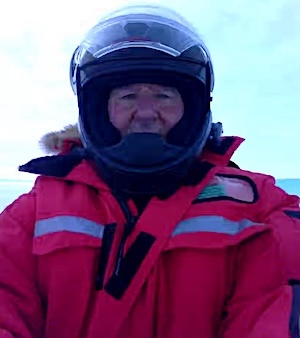
Keith’s note: Astrobiologist Dale Andersen is heading back in Antarctica at Lake Untersee in January-February 2026 for another field season of research. Dale and I have been proving research updates – from Antarctica – since 1996. We think we actually had the first webserver (located in my old condo) updated from Antarctica.
More details here: Dale Andersen’s 1996 Antarctic Field Research Photo Albums
Astrobiology, Astrogeology, Limnology,





